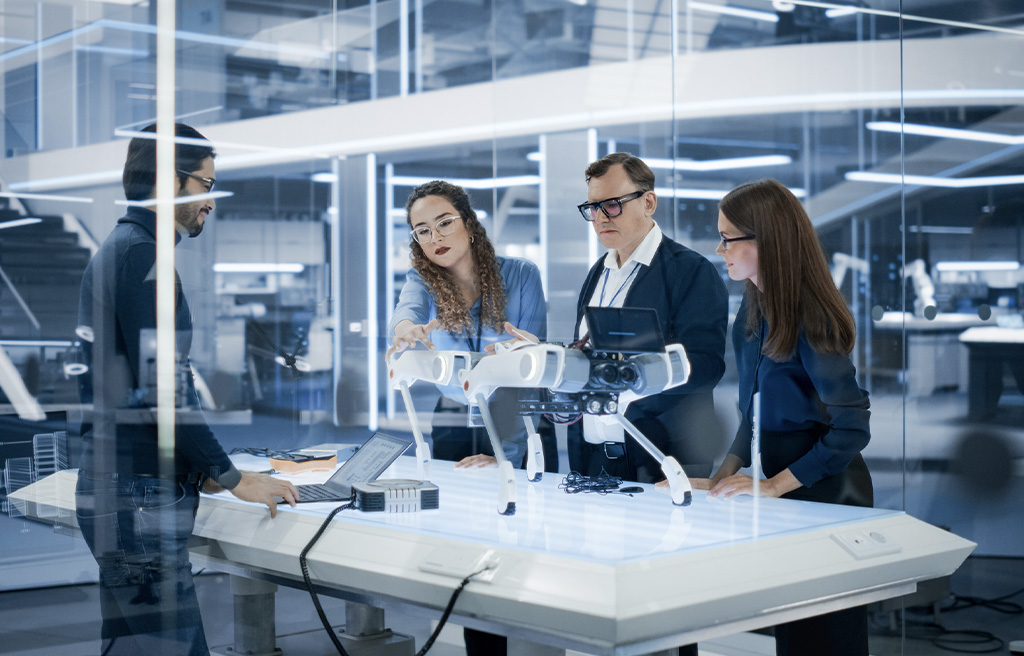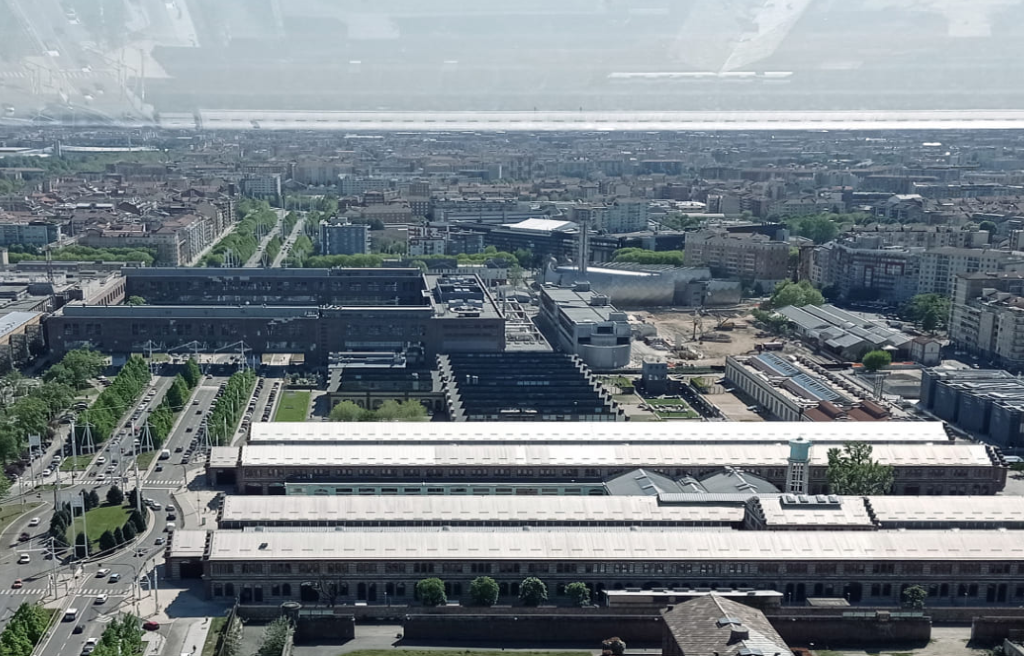Startup Tales | How ISAAC protects buildings and infrastructure from earthquakes
Founded by the current CEO Alberto Bussini, who has "transformed" a university thesis idea in mechatronic engineering into an innovative and non-invasive technology to prevent existing buildings (including "ancient" ones) and infrastructure from being damaged and collapsing due to seismic shocks and strong winds.
Predicting when an earthquake will occur is impossible, but minimizing damage to buildings and infrastructure caused by earthquakes and wind gusts is not. For new constructions, the problem does not exist, as they are designed to withstand seismic shocks, while older ones can rely on the innovative and "intelligent" solution developed by the startup ISAAC Antisismica. Founded in 2018 in Milan by the current CEO Alberto Bussini, the innovative company specializing in seismic monitoring and protection has developed and patented I-Pro-1: the first modular, self-adaptive, and plug&play seismic technology for existing buildings and, since 2023, for infrastructure.
How ISAAC Antisismica's technology was born and how it works
"I was still a mechatronic engineering student at the Politecnico di Milano when I had the idea, convinced that it needed to be developed," says Bussini. In the academic field, however, no professor agreed with Bussini except Professor Francesco Ripamonti. "That's where my thesis project began, developing an AMD (active mass damper) device to protect existing buildings from earthquakes," recalls the CEO of ISAAC, speaking about the origins of the entrepreneurial initiative. "At the beginning, I was practically alone. Thanks to the very first startup funding from the Lombardy Region, after the first hire, we started working on the project, planning the various steps to develop and realize our technology," Bussini recalls.
The technology was later renamed Electro-Pro, based on an electric motor that activates and moves counterweights installed on the tops thanks to accelerometric sensors applied in significant points that record the building's movements in real-time. The sensors then send the data to a computerized central control system that, thanks to proprietary algorithms, processes them according to a deterministic logic established by engineers capable of predicting what can happen in all situations.
In this way, the central computer calculates the amount of counteracting forces to those of the earthquake to be applied to the structure and transmits the correct inputs to the hardware devices to move to minimize damage and prevent collapse. "Basically, it's like balancing on a rope, with the central computer acting as the 'brain.' In humans, the balance data resides in the ear where the labyrinth is located, a sensory organ that sends data to the brain and, acting as a 'motor,' maintains the human body's balance," explains the founder of the Milanese startup.
The goal, explains Bussini, "has always been to have a scalable solution to protect both the structure and the contents of buildings and, subsequently, infrastructure. Scalable because it is sufficient to install our modular devices on the roof of buildings suitable for the size of the building along with sensors, ensuring that during the seismic event, the building's oscillations are minimized."
A significant aspect is the non-invasiveness of the solution. In fact, the CEO of ISAAC highlights, "thanks to the modular counterweights, invasive seismic interventions are avoided, as reinforcing the structural elements requires gutting the buildings themselves with significant costs for demolishing and reconstructing architectural components. Costs that are mostly wasteful, as the supporting structures are made of bricks and low-value concrete."
ISAAC Antisismica's technology, therefore, was born to secure buildings without touching plants and architectural components. "We are currently installing our solution in various hospitals, where there are, for example, MRI machines that cost several million euros," clarifies Bussini. "It is unthinkable to move them or change plants – continues the CEO of the Milanese startup. For this reason, our solution is very competitive: we arrive, install the machines on the roofs, and the building is protected from earthquake shocks" and strong wind gusts.
Starting from this concept, ISAAC Antisismica opened a new business line in 2023 with the patented Tower-Pro technology to also protect infrastructure: a new generation active electric system for vibration control applicable, for example, to towers and pylons. Tower-Pro, in fact, improves resilience to seismic risk and natural events that, if uncontrolled, can compromise the integrity of structures.
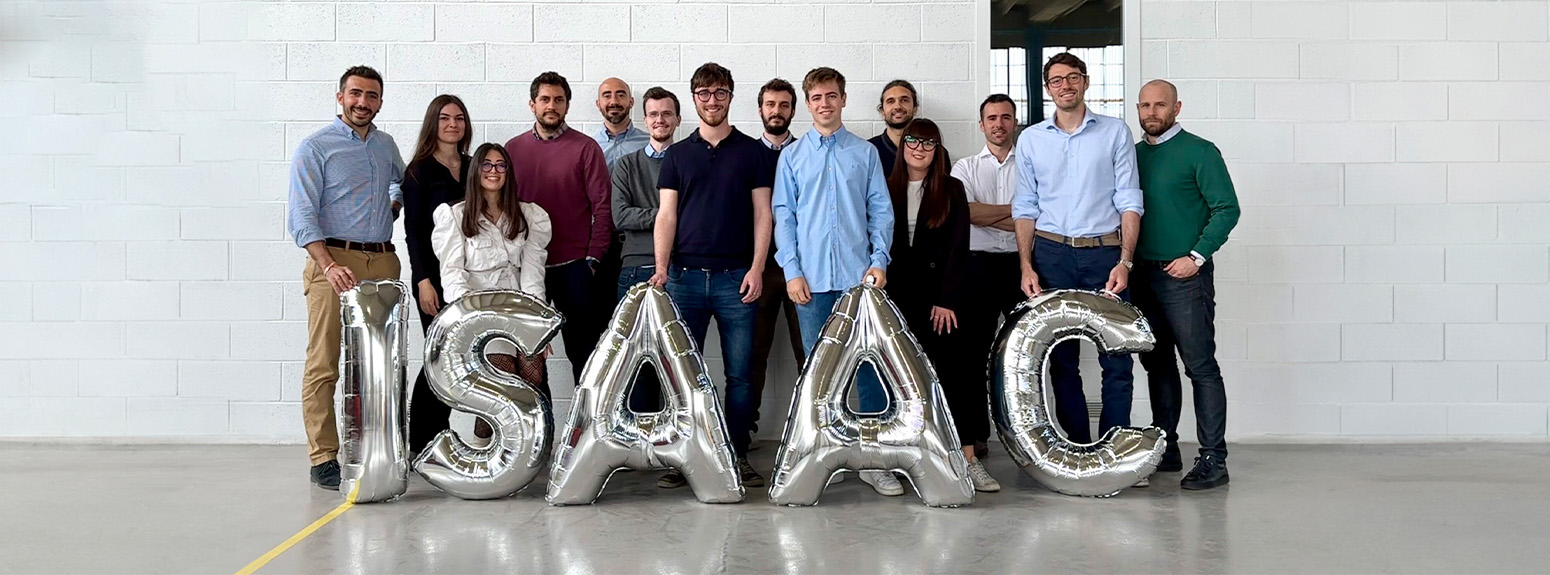
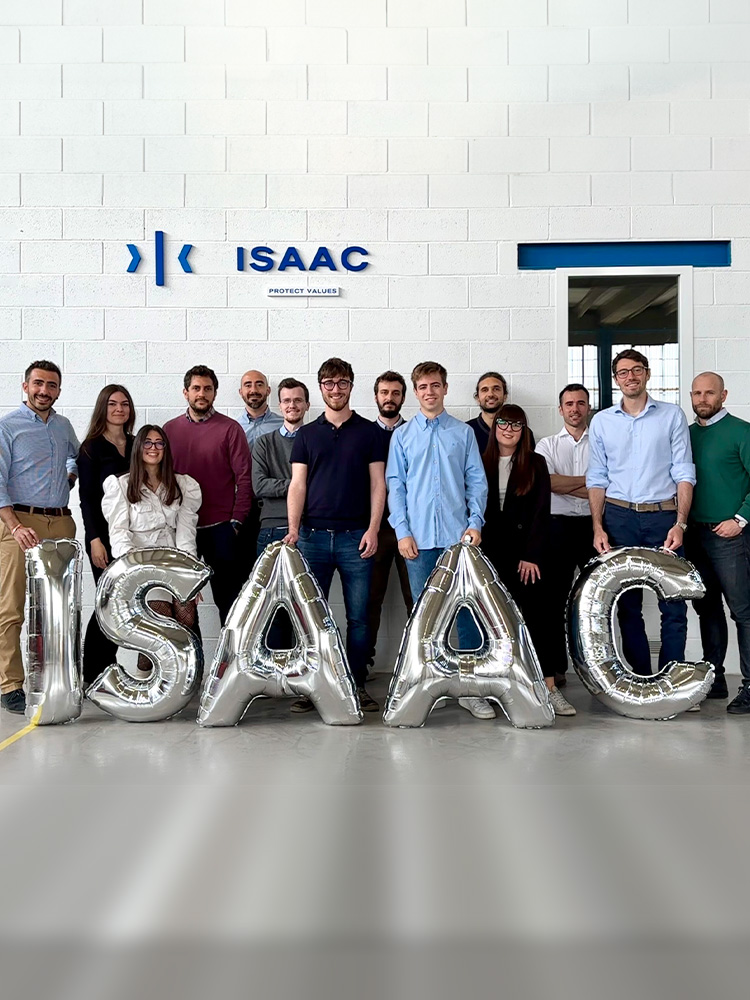
The growth of ISAAC: from tests to concrete applications
"When developing a device of this type," emphasizes the CEO of ISAAC, "the first question is: does it really work? The numbers and simulations say yes, but concrete evidence is needed. For this reason, we used two ten-meter-high buildings: one equipped with the technology prototype, the other not. Simulating various earthquakes of increasing intensity (including the 1980 Irpinia earthquake with increased intensity by 137%), the building without applied technology collapses during the earthquake, while the other resists without damage."
In this way, adds Bussini, "we validated the idea by demonstrating that our technology makes a difference. Even if the building without our solution did not collapse, it would need to be demolished and rebuilt, with consequent uninhabitability preventing residents from returning to their homes." The market's response to ISAAC Antisismica's technology was immediate. "On one hand, numerous requests for building analysis came from people; on the other, structural engineers contacted us to understand if and where it was possible to install our technology on their buildings," emphasizes Bussini.
In this phase, the startup also understands how the Italian building heritage is extremely varied, with buildings (such as the inevitable bell towers of ancient villages) built in different eras, making it impossible to have a unique case history. "Overcoming this difficulty, we started installing the first devices on residential buildings and schools, up to hospitals like San Martino in Genoa, which accommodates 25,000 users a day," clarifies the CEO of ISAAC.
The next steps: from team expansion to the start of internationalization
Thanks to the various practical applications through the study of supplies, the constant growth of ISACC's business began. Overcoming the technological risk, the startup collected and used economic resources to demonstrate that the product met a strong unmet demand. After expanding the team, currently composed of 15 people, "today we are in the scaleup phase to grow the application in the Italian market – adds Bussini – and we receive many requests, especially from hospital structures. The challenge we are facing now is therefore operational: producing the machinery and deciding where and how to install them."
Also because customers have increased, with multiple funding rounds allowing the startup to grow. Incubated in PoliHub, ISAAC had 360 Capital as a historical financier in the seed and preseed stages, completing a Series A Round of 5 million euros last June, which, in addition to historical investors (360 Capital and Nova Capital), saw CDP Venture Capital SGR as the lead investor.
"We have a product that is needed and liked – clarifies Bussini. Now, also thanks to the new funds, we must overcome operational challenges and scale the Italian market until 2025, to then progressively start internationalization in 2026 based on studies aimed at understanding which markets to gradually enter, such as California, Turkey, and Japan."
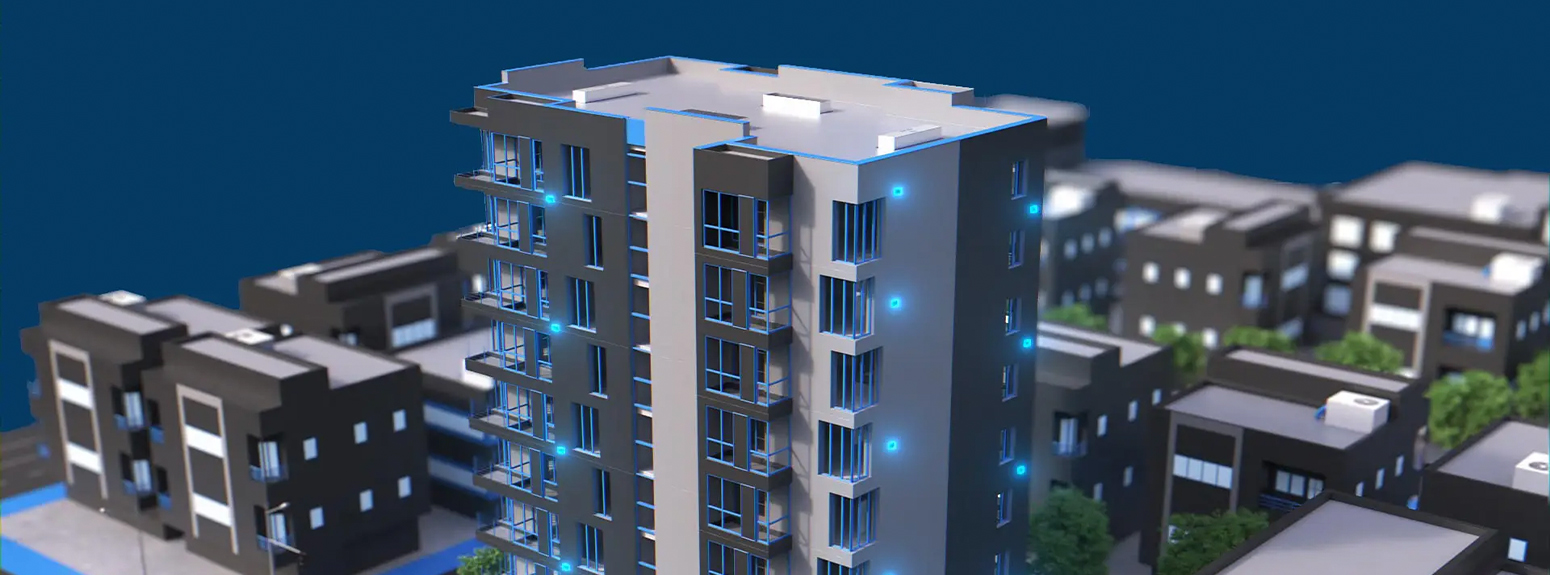

The support of Intesa Sanpaolo and Intesa Sanpaolo Innovation Center
Additionally, ISAAC participated in the second edition of the call for ideas In Action ESG Climate, launched by the life companies of the Insurance Division of Intesa Sanpaolo (Intesa Sanpaolo Vita, Intesa Sanpaolo Life, Fideuram Vita), in collaboration with Intesa Sanpaolo Innovation Center. An initiative aimed at providing economic support to proposals capable of accelerating the ecological transition, with the startup winning the victory and first prize (250,000 euros).
"The real Italian building heritage is historical, with old masonry structures like the bell towers present in all ancient villages. Therefore, it is necessary to preserve the way they were designed and built, without the possibility of invasive interventions," emphasizes Bussini. "For this reason, we took a 12-meter-high bell tower on a real scale, placing it on a vibrating table to simulate a real seismic event hitting the masonry structure equipped with our technology," adds the founder of the Milanese startup.
Intesa Sanpaolo Innovation Center supported ISAAC in the victorious participation in the Italian Startup Initiative Global Social Venture Competition organized together with Altis and in winning the final prize of the Iren Startup Award 2019, in addition to the success of the first Accelerate in Israel call in 2020.
"An important feature of Intesa Sanpaolo Innovation Center lies in supporting an innovative company – especially in growth phases – if needed, as in our case, creating contacts with important industrial partners," emphasizes the CEO of ISAAC. Highlighting how Intesa Sanpaolo is helping the startup through credit lines to manage contracts, also thanks to the ability to understand needs through the know-how and support for open innovation of Intesa Sanpaolo Innovation Center.
"Furthermore, Intesa Sanpaolo Innovation Center helped us by allowing us to participate in fairs and events not only to create new contacts but also to provide feedback to improve our pitches and, if necessary, change them to capture investors' interest," clarifies the CEO of ISAAC. Moving on to the next steps, Bussini clarifies how, in addition to the growth of the team that "works very well and is horizontal but needs more talents," ISAAC's challenge is to scale the business while simultaneously responding to the growing demand.
All the Startup Tales

